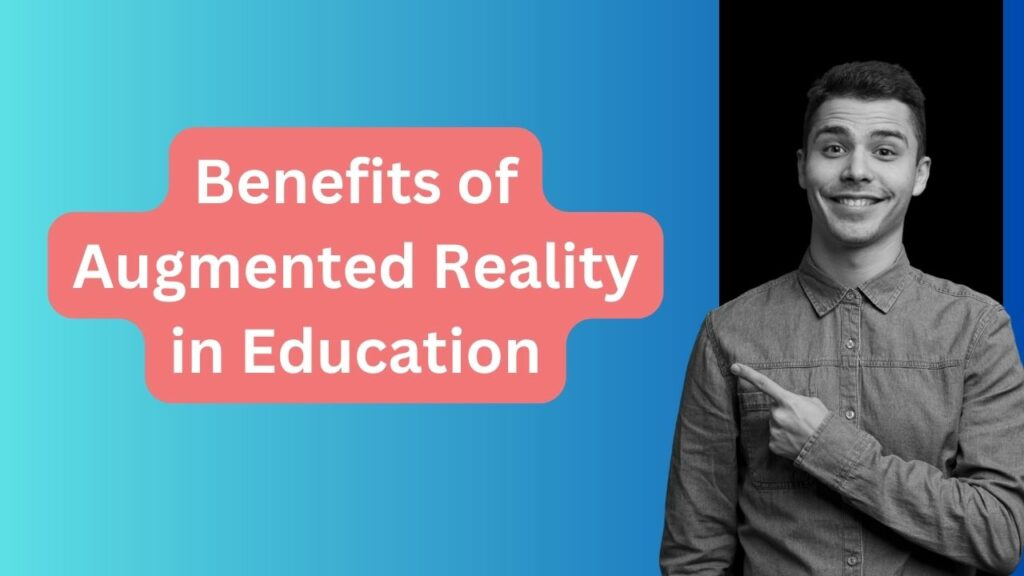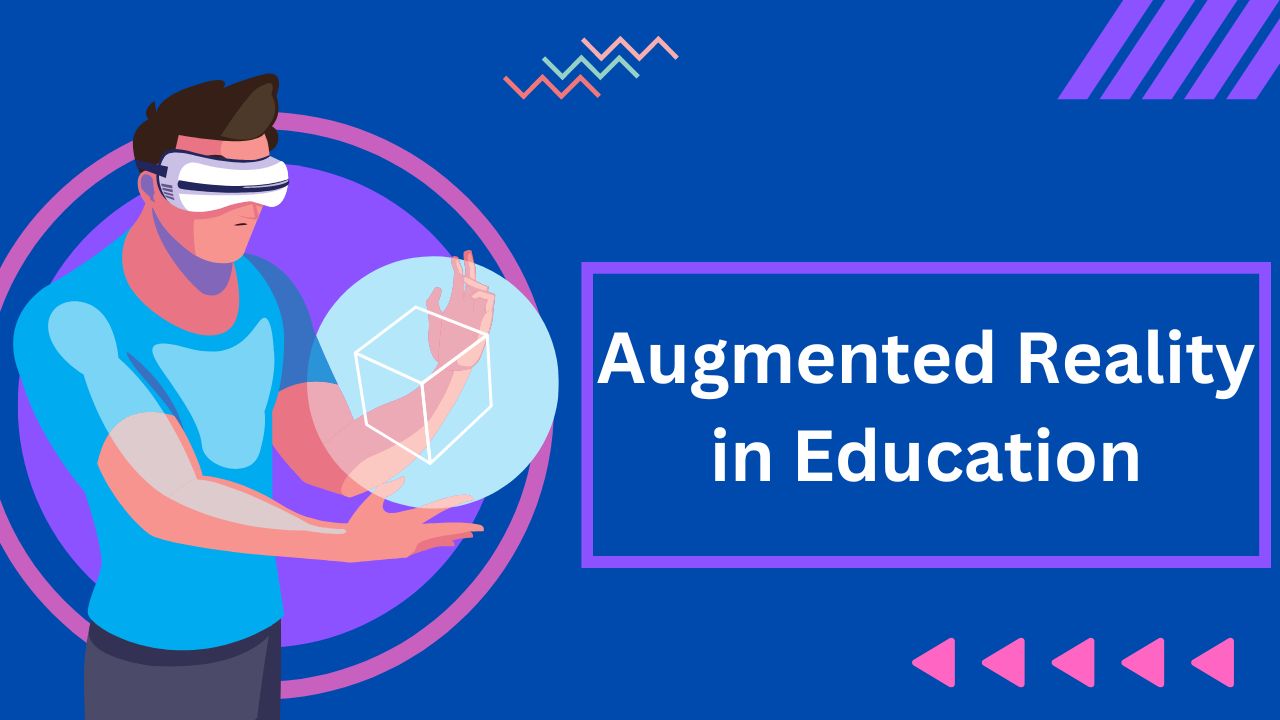In recent years, technology has revolutionized various aspects of our lives, and education is no exception. Augmented Reality (AR), a technology that overlays digital content in the real world, holds immense potential for transforming the way we learn.
This article explores the concept of Augmented Reality in education and its impact on teaching and learning processes. With a focus on the future of learning, we delve into the various applications of AR in education and the benefits it brings to students and educators.
Understanding Augmented Reality
- Definition and Principles: Augmented Reality is a technology that combines virtual elements with the real world to provide an enhanced sensory experience. It uses computer-generated graphics, sounds, or other sensory inputs to overlay information onto the user’s perception of the physical environment.
- Difference between Augmented Reality and Virtual Reality: While Virtual Reality (VR) creates an entirely immersive digital environment, AR enhances the real world with digital elements.
The Role of Augmented Reality in Education
Engaging and Interactive Learning: AR provides a highly interactive and engaging learning experience by bringing virtual objects, simulations, and scenarios into the real-world context. This immersive approach enhances student engagement and understanding.
Visualizing Complex Concepts: AR enables students to visualize abstract or complex concepts that are otherwise challenging to grasp. It brings subjects like anatomy, astronomy, or chemistry to life, allowing students to explore and interact with virtual models in a tangible way.
Personalized Learning: AR technology allows for personalized learning experiences tailored to individual students’ needs and learning styles. Adaptive AR applications can provide customized content and feedback based on the student’s progress and performance.
Applications of Augmented Reality in Education
Virtual Laboratories and Simulations: AR can replicate laboratory environments or complex simulations, offering students a safe and cost-effective way to conduct experiments and practice skills in various disciplines.
Interactive Textbooks and Learning Materials: AR can enhance traditional textbooks by overlaying multimedia content, such as 3D models, videos, or interactive quizzes, directly onto the pages. This transforms static materials into dynamic and engaging learning resources.
Field Trips and Virtual Tours: AR can provide virtual field trip experiences, allowing students to explore historical sites, museums, or natural wonders from their classrooms. This widens their learning opportunities and eliminates logistical constraints.
Language Learning and Cultural Immersion: AR applications can assist language learners by providing real-time translations, pronunciation guides, or cultural context, fostering an immersive language learning experience.

Benefits of Augmented Reality in Education
Enhanced Understanding and Retention: AR’s interactive nature improves comprehension and information retention as students actively engage with virtual content and manipulate objects in real-time.
Promoting Collaboration and Social Learning: AR can facilitate collaborative learning experiences, enabling students to work together on projects, solve problems, and share knowledge in a shared augmented environment.
Increased Motivation and Engagement: The immersive and interactive nature of AR captures students’ attention and motivates them to explore and discover knowledge in a self-directed manner.
Bridging the Gap between Theory and Practice: AR allows students to bridge the gap between theoretical concepts and practical applications by providing real-world context and hands-on experiences.
Challenges and Considerations
Access to Technology: Widespread implementation of AR in education requires access to appropriate devices, software, and internet connectivity. Ensuring equitable access for all students is crucial.
Training and Support for Educators: Educators need adequate training and support to effectively integrate AR into their teaching practices. Professional development programs can help teachers leverage AR’s full potential.
Privacy and Ethical Concerns: The use of AR in education raises privacy and ethical considerations, particularly when collecting and analyzing student data. Safeguards must be in place to protect student privacy and ensure the ethical use of AR technology.
Conclusion
Augmented Reality has the power to revolutionize education by providing immersive, interactive, and personalized learning experiences. As technology continues to advance, integrating AR into classrooms becomes more feasible and essential.
By embracing AR’s potential, educators can create engaging and effective learning environments that prepare students for the challenges of the future. However, careful planning, training, and ethical considerations are necessary to ensure equitable access, privacy protection, and responsible use of this transformative technology in education.
Augmented Reality holds the promise of shaping the future of learning, empowering students to explore, discover, and excel in their educational journey.
